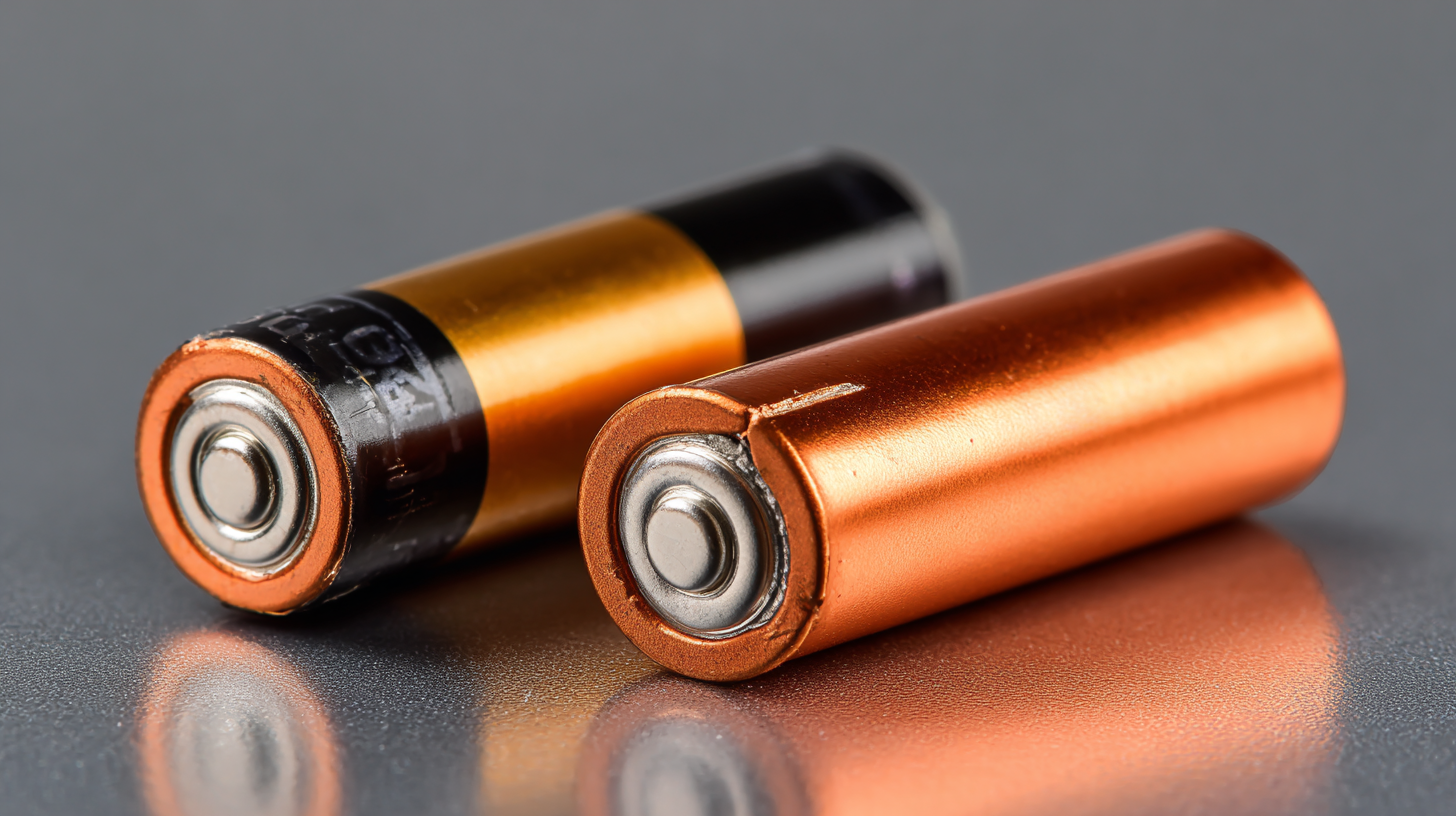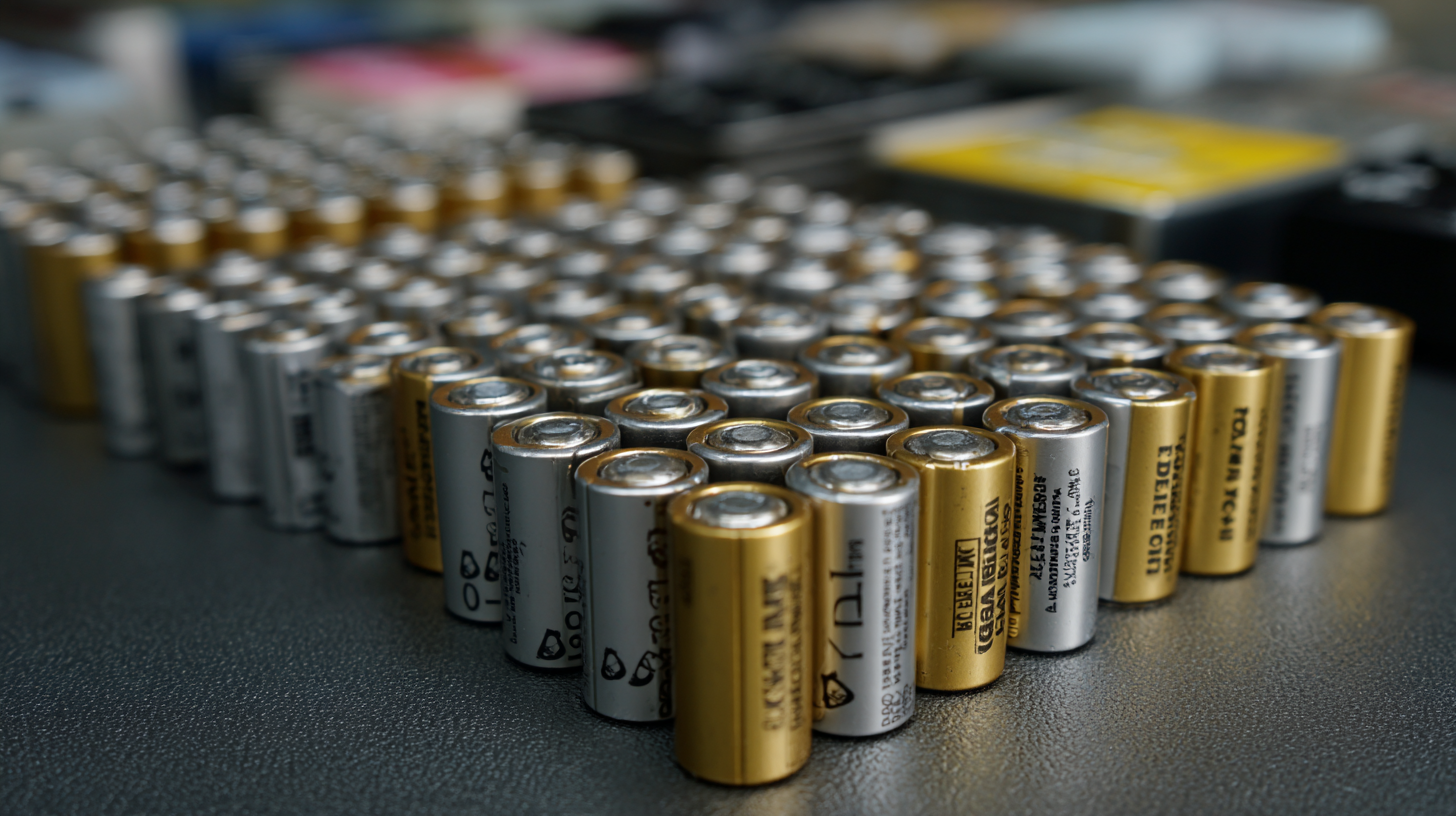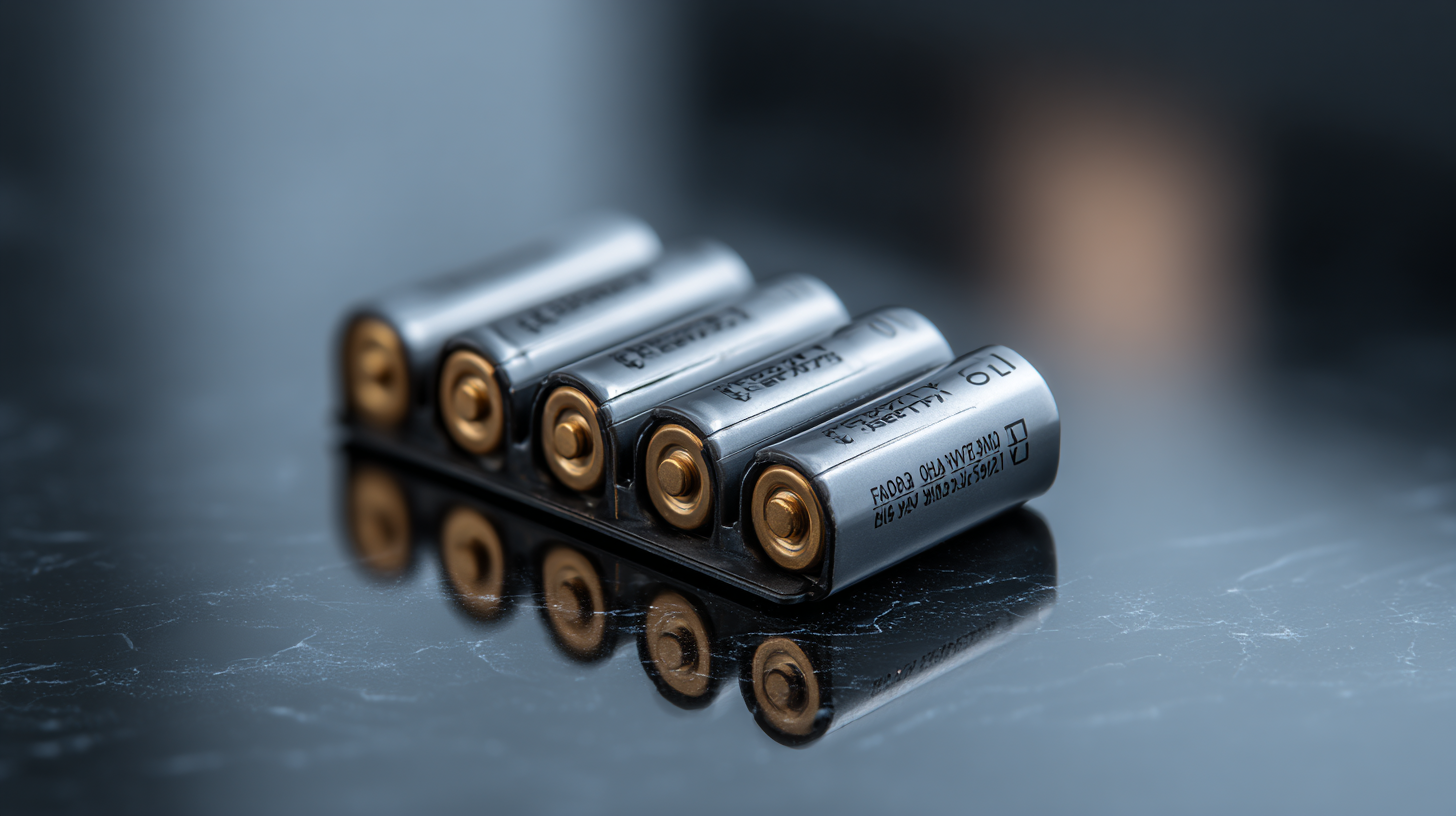Navigating Import Export Certifications for the Best Hearing Aid Batteries Market
 In recent years, the global market for hearing aid batteries has experienced significant growth, driven by an increasing aging population and advancements in hearing aid technology. A report by Grand View Research indicates that the hearing aid battery market is expected to reach USD 1.82 billion by 2025, growing at a compound annual growth rate (CAGR) of 5.3%. As the demand for hearing aids rises, navigating the intricacies of import and export certifications becomes crucial for businesses looking to thrive in this competitive landscape. Understanding the regulatory framework and certification requirements can not only facilitate smoother cross-border transactions but also ensure compliance with safety and quality standards essential for boosting consumer confidence. In this blog, we will explore the necessary certifications involved in the import-export process for hearing aid batteries, alongside practical guidance on how to acquire them effectively.
In recent years, the global market for hearing aid batteries has experienced significant growth, driven by an increasing aging population and advancements in hearing aid technology. A report by Grand View Research indicates that the hearing aid battery market is expected to reach USD 1.82 billion by 2025, growing at a compound annual growth rate (CAGR) of 5.3%. As the demand for hearing aids rises, navigating the intricacies of import and export certifications becomes crucial for businesses looking to thrive in this competitive landscape. Understanding the regulatory framework and certification requirements can not only facilitate smoother cross-border transactions but also ensure compliance with safety and quality standards essential for boosting consumer confidence. In this blog, we will explore the necessary certifications involved in the import-export process for hearing aid batteries, alongside practical guidance on how to acquire them effectively.
Understanding the Importance of Import Export Certifications in the Hearing Aid Battery Market
In recent years, the demand for hearing aid batteries has surged, driven by an aging population and the increasing prevalence of hearing difficulties. According to a report by Grand View Research, the global hearing aid battery market is expected to reach USD 3.25 billion by 2026, growing at a CAGR of 3.9%. Within this dynamic landscape, import-export certifications play a crucial role in ensuring product quality and safety, which are paramount for consumer trust in hearing health products.
Import-export certifications serve not only as a regulatory requirement but also as a mark of quality assurance. Manufacturers of hearing aid batteries must comply with various international standards, including ISO 9001 for quality management systems and ISO 13485 for medical devices. These certifications help to mitigate risks associated with battery performance and safety, as non-compliant batteries could lead to malfunctions or diminished functionality in hearing aids. Furthermore, a report from MarketsandMarkets highlights that more than 20% of consumers prioritize certification labels when selecting batteries, underscoring the importance of regulatory compliance in maintaining market competitiveness.
Key Certifications Required for Hearing Aid Battery Manufacturing and Distribution
 Navigating the intricacies of import and export certifications is crucial for businesses operating in the hearing aid battery market. The manufacturing and distribution of hearing aid batteries require adherence to specific certifications that ensure product safety and quality. These certifications may include ISO standards, CE marking, and compliance with local regulations that govern medical devices. Companies must remain vigilant in keeping these certifications up-to-date while also adapting to evolving regulations that affect the market.
Navigating the intricacies of import and export certifications is crucial for businesses operating in the hearing aid battery market. The manufacturing and distribution of hearing aid batteries require adherence to specific certifications that ensure product safety and quality. These certifications may include ISO standards, CE marking, and compliance with local regulations that govern medical devices. Companies must remain vigilant in keeping these certifications up-to-date while also adapting to evolving regulations that affect the market.
Additionally, the emphasis on vertical integration in various industries underscores the importance of maintaining quality and compliance throughout the supply chain. This trend is particularly relevant for hearing aid battery producers who must control every aspect of production and distribution to meet certification standards. Investment in training programs to educate employees about the latest industry requirements can enhance a company's ability to navigate these regulations successfully. By doing so, manufacturers not only protect their interests but also contribute to consumer trust and safety in an increasingly competitive landscape.
Navigating Regulatory Compliance: Key Steps for Businesses in the Hearing Aid Sector
Navigating the complexities of regulatory compliance is crucial for businesses within the hearing aid sector, particularly when it comes to the import-export certifications of hearing aid batteries. With stringent regulations designed to ensure consumer safety and product quality, companies must stay informed about the specific requirements set forth by various health and safety authorities. Understanding these regulations not only helps in avoiding fines and sanctions but also builds consumer trust in a highly competitive market.
One of the key steps in compliance is thorough documentation. Companies must ensure that all technical files are up to date and that they provide detailed information about battery specifications, performance tests, and environmental assessments. Additionally, engaging with regulatory bodies early in the process can clarify expectations and streamline the certification journey. Businesses should also invest in training their staff to understand these compliance measures, as educated teams are better equipped to handle the intricacies of certification and maintain adherence to ongoing regulatory changes. This proactive approach not only safeguards operations but also enhances the overall credibility and marketability of their hearing aid products.
Emerging Trends in the Hearing Aid Battery Market and Their Impact on Global Trade
The hearing aid battery market is witnessing remarkable trends that significantly influence global trade dynamics. With the global hearing aids market size projected to grow from $15.11 billion in 2025 to $29.58 billion by 2032, reflecting a compound annual growth rate (CAGR) of 10.1%, the demand for high-quality batteries is surging. This growth is driven by advancements in hearing aid technology that require more efficient and longer-lasting batteries, thus creating an imperative for compliance with international import-export certifications to ensure product safety and effectiveness.
Furthermore, as digital technologies transform global commerce, the hearing aid battery sector must adapt to new market conditions. Tariffs, such as the recent 82% imposed on Chinese batteries, are reshaping the competitive landscape and forcing manufacturers to reconsider their supply chains. The impact of these tariffs extends beyond immediate financial implications, potentially slowing innovation and leading to increased costs for consumers. As the industry braces for these changes, companies must navigate the complexities of compliance while leveraging emerging technologies to maintain market relevance and drive future growth.
Navigating Import Export Certifications for the Best Hearing Aid Batteries Market - Emerging Trends in the Hearing Aid Battery Market and Their Impact on Global Trade
| Country | Import Certification Requirements | Export Certification Requirements | Market Growth Rate (2022-2027) | Key Trends |
|---|---|---|---|---|
| USA | FDA Approval, UL Certification | CE Marking, ISO 13485 | 6.5% | Increased use of rechargeable batteries |
| Germany | CE Marking, RoHS Compliance | FDA Clearance, ISO Certification | 5.8% | Sustainability initiatives in battery production |
| China | CCC Mark, Compliance with GB Standards | FDA, CE Certification | 7.2% | Growth in domestic demand for advanced hearing aids |
| India | BIS Certification, IEC Compliance | FDA Clearance | 8.1% | Innovations in battery technology for longer life |
| Brazil | ANATEL Certification | ISO 9001, CE Marking | 4.5% | Growing elderly population requiring hearing solutions |
Strategies for Successfully Obtaining Certifications for Importing and Exporting Batteries
Navigating the import and export landscape for hearing aid batteries requires a thorough understanding of necessary certifications and local market insights. Successfully obtaining certifications is essential for compliance and market access. Companies should begin by researching the specific certification requirements in target markets, such as those imposed by regulatory bodies for safety and quality assurance. It's also vital to leverage resources from logistics providers who can offer tailored support in navigating these requirements.
For instance, in the context of exporting to Argentina, understanding local customs regulations and consumer preferences plays a crucial role. As highlighted by the rising trends in e-commerce, businesses must adapt to local payment methods and seasonal demand fluctuations. Engaging with knowledgeable logistics partners can streamline the certification and import/export processes, ultimately paving the way for smoother market entry. Additionally, keeping abreast of evolving regulations ensures that companies remain agile and competitive in the growing hearing aid battery market.

